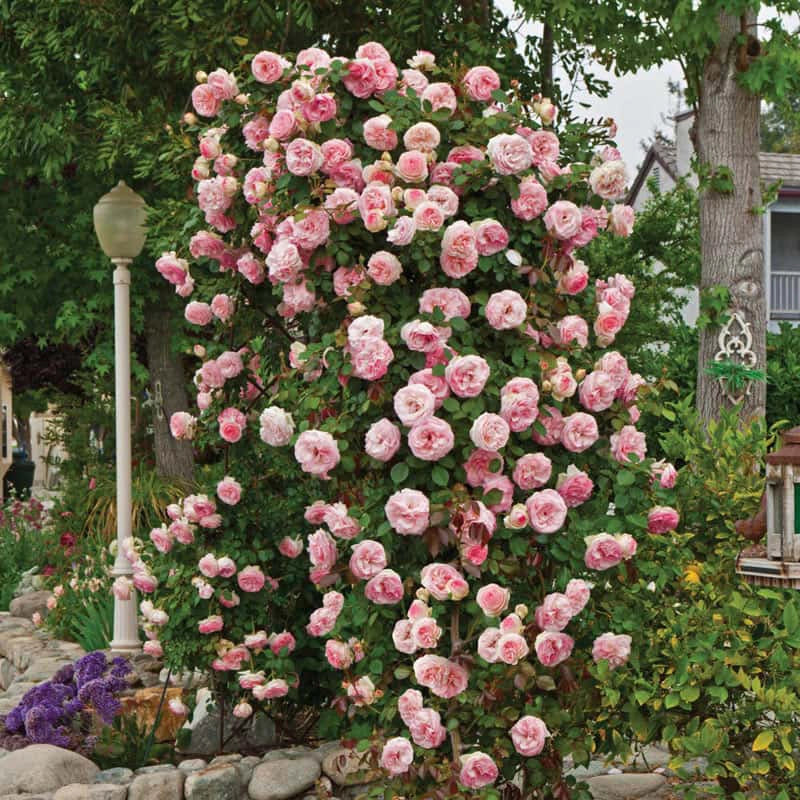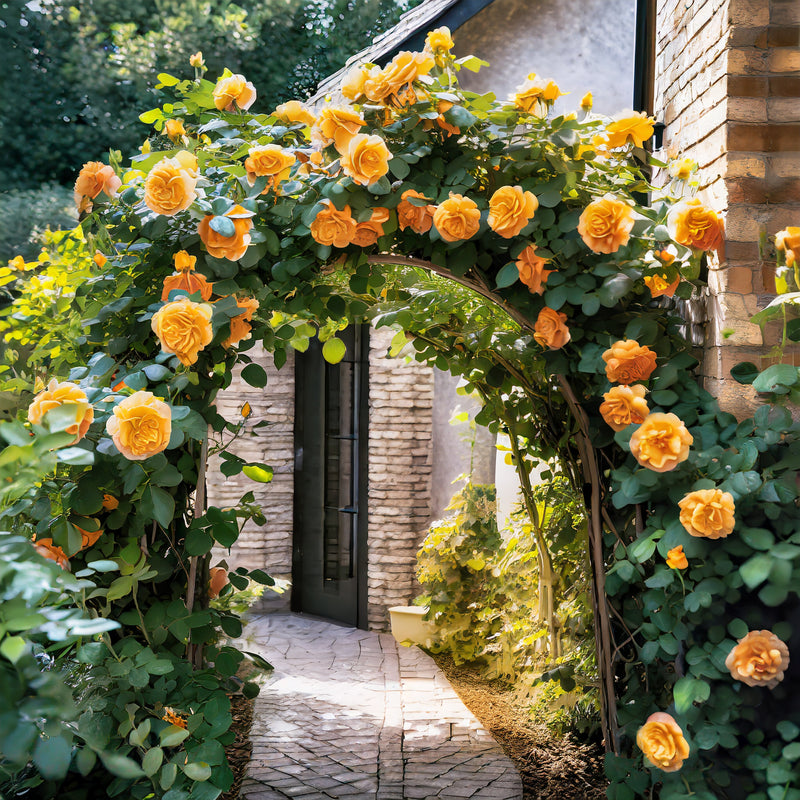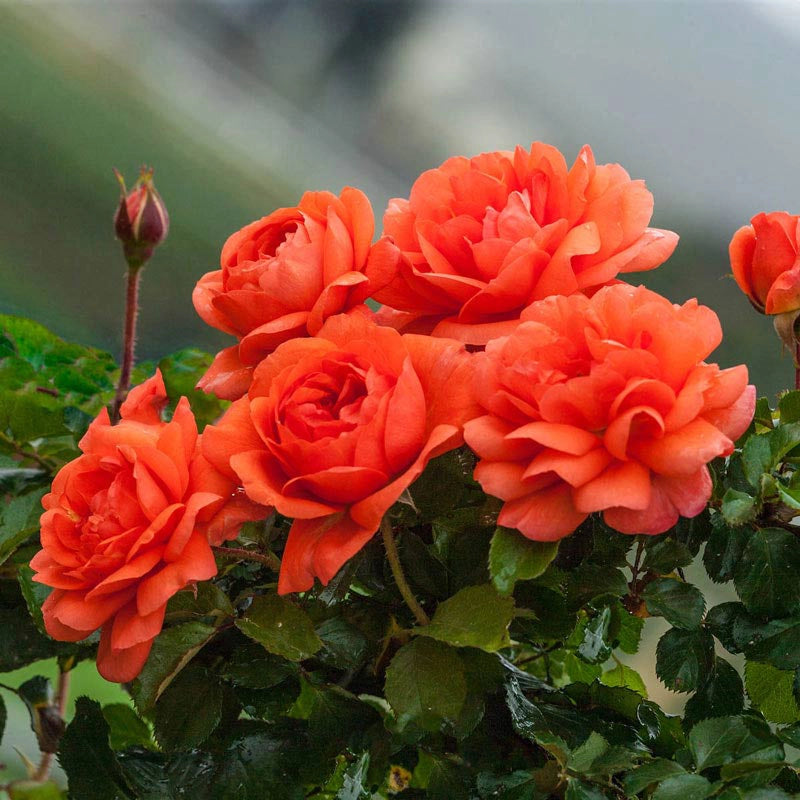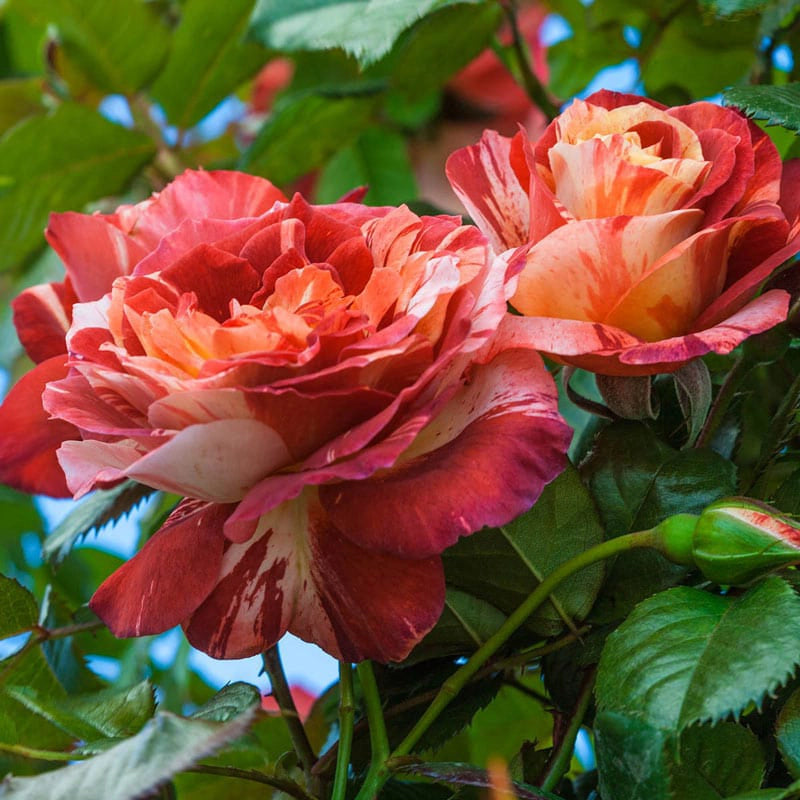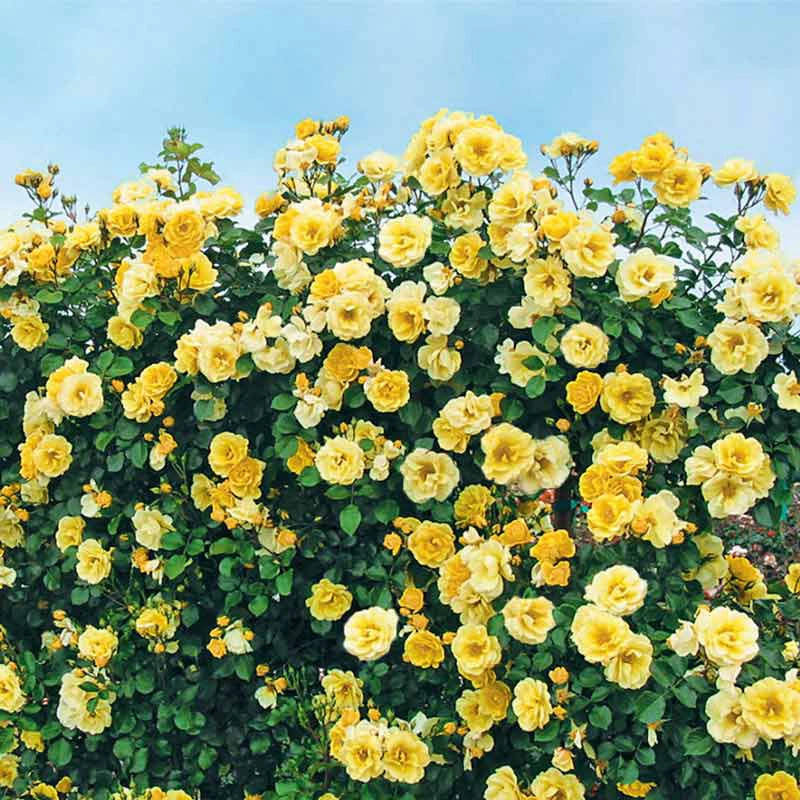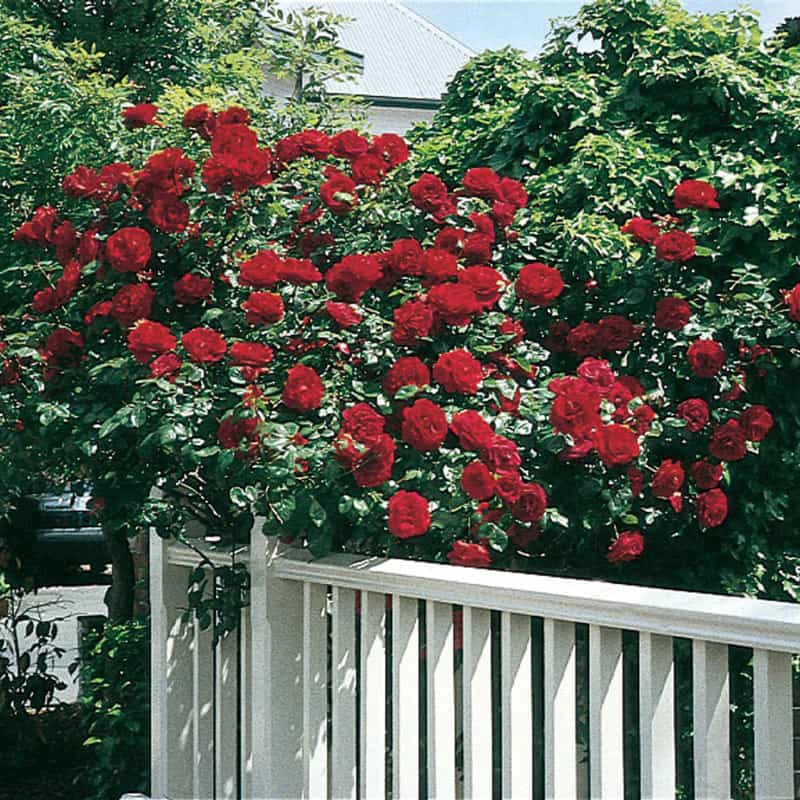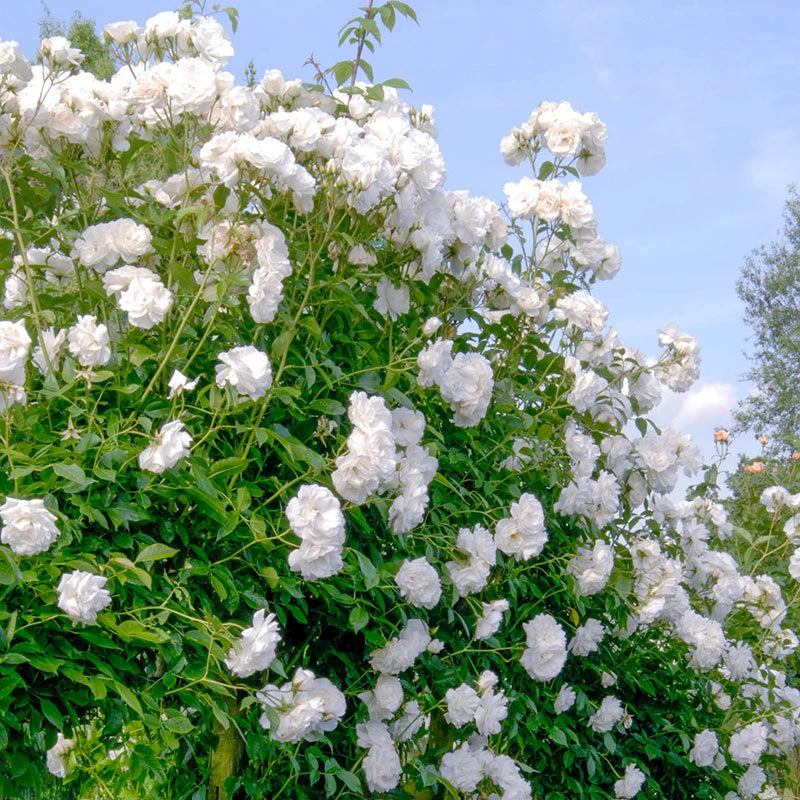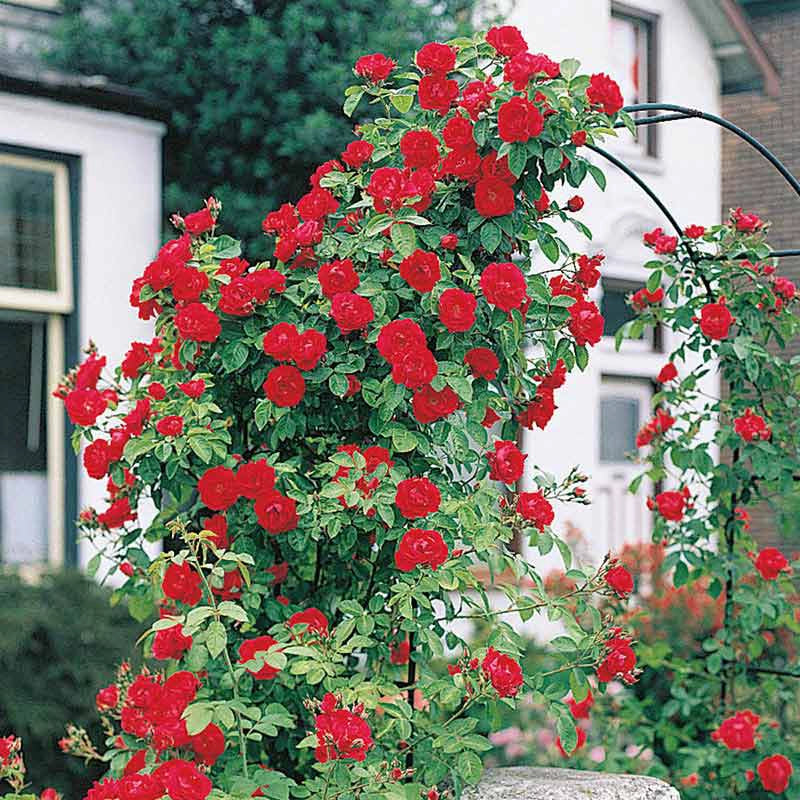13 products
-
Cupid's Kisses® Climbing Patio Rose
 Cupid's Kisses® Climbing Patio Rose
Cupid's Kisses® Climbing Patio Rose- Regular price
-
1 for
$69.99 - Regular price
-
- Sale price
-
1 for
$69.99
Climbing Roses from Spring Hill Nursery
Climbing roses are perfect for a range of garden landscapes, with a wonderful variety in terms of flower form, color, and growth habit. If you're looking to purchase a support structure for your climbing rose plant, check out our arches and tuteurs for sale along with other dynamic garden decor.
Growing roses in your garden is easier than you think! For tips on how to care for rose plants, make sure to check out our rose growing guide. For more information on being successful in the garden, head over to our garden resources page.
When should you start training climbing roses?
Typically, climbing roses can get a start on training in their second year. Roses use their first year in a new location to put down roots and become established. Let your plant grow horizontally, without too much pruning or trimming, and allow it to build up some length and bulk in the stems. After your climbing rose has been in place for two to three years, it's time to start training.
To begin training climbing roses, place a structure or tying wire about two feet from the base of the plant. Here, you can begin tying in the rose and training it to grow upward. At the end up the first training season, your rose can be pruned. Remove old and damaged canes, and trim back suckers to direct energy to main stems. As you continue tying in your roses, moving upward on their support, be sure to provide plenty of room for the plants to grow both up and out. This creates a more pleasing shape and reduces overcrowding.
How often do you need to prune climbing roses?
Most climbing roses bloom on both old and new wood, making pruning easy. You can prune to keep your roses to a set height, and should prune to remove plant damage or diseased canes. While you can deadhead your climbing roses throughout the season, most pruning should be done in late winter, before the rose begins to grow again. One exception here—rambling style roses should be pruned after flowering, and before winter. Never trim back more than one-third of the plant's size.
How much space will climbing roses need?
Most climbing roses should be planted four to five feet apart, although exact spacing is dependent upon variety. Keep in mind that climbing roses do prefer to grow upward, and will need a tall enough trellis to accommodate several feet of growth. Plant your climbing roses far enough apart to allow good air flow between the plants, as lack of good circulation can prevent mildew and other issues.
How much sunlight do climbing roses need?
Like other roses, climbing roses require full sun for maximum blooming. Some varieties can handle a bit of shade, but you typically will not see them at their most floriferous in shady spots. The ideal location provides six or more hours of sun per day. Choose a north- or west-facing location if you're planting climbing roses along a home or structure.
How often should you water climbing roses?
Climbing roses prefer consistent watering, and like to have moist soil. As they become established, you may need to water as often as twice per week, giving a good soaking at each watering. Once established, climbing roses don't need quite as much moisture, but will still appreciate soil that isn't allowed to go dry.
What type of soil do climbing roses prefer?
Climbing roses are a little more closely related to wild roses than modern hybrids, and can handle a bit of rockiness or sand in their soil. However, these roses will perform best when given well-draining, loamy soil with lots of organic material. Roses don't appreciate "wet feet," so choose a location where water does not settle, and be sure to amend the soil with organic material to provide adequate drainage.
How fast do climbing roses grow?
Climbing roses grow at different rates depending upon their climate and cultivar. However, most climbing roses grow at a rate of about two feet per year when unpruned—with lots of flowering along the way. To keep your climbing rose at a desired height, prune unwanted growth each year.


